Counting down to the 40th anniversary of the film on May 25, here are my top 40 “Star Wars” Legends books. It’s perhaps an odd choice to focus on the books rather than the movies, but the thing I love most about “Star Wars” is my bookshelf full of EU tomes, so for me it’s the perfect way to celebrate. And besides, “Star Wars” technically started with a book: Alan Dean Foster’s ghost-written novelization of the first movie, back in 1976. Over the next four days, I’ll reveal 10 entries per day, culminating with my pick for the all-time best “Star Wars” book. (Eligible for this list are the novels and short-story collections; no reference books.) Let’s start with Nos. 40-31:

40. “Shatterpoint”
By Matthew Stover (2003)
Although he’s a prominent fixture in the Clone Wars narrative, Jedi Master Mace Windu is mostly a cypher. The exception is this grim but rewarding journey through the jungles of Windu’s war-torn home planet, Haruun Kal, known for producing Force-sensitive people. The title refers to Windu’s ability to sense pivotal points in galactic events (or, on a smaller scale, weak points in an opponent’s fighting style), and we begin to understand the pressure he feels to find the shatterpoint that will expose and end the Clone Wars’ elusive Sith threat.

39. “Republic Commando: Hard Contact”
By Karen Traviss (2004)
Being an outsider to “Star Wars” serves Traviss well on her first book as she’s uniquely equipped to ask the big questions raised by the end of “Attack of the Clones”: Why would these clones serve the Republic? How can they be fully human yet seem to behave like they’re programmed? As a lens for these questions, she uses Omega Squad, who would become the most beloved and well-developed clone characters of the saga, with apologies to Captain Rex.
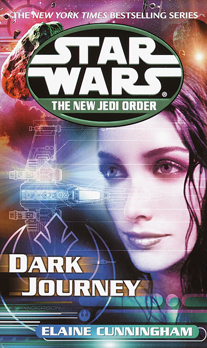
38. “The New Jedi Order: Dark Journey”
By Elaine Cunningham (2002)
When Disney announced the cancellation of the EU, Jaina Solo was the character whose loss many fans most lamented. This is partly because – unlike Mara, Jacen or Anakin – she is still alive at the end of the publication timeline, and because the Jaina-starring “Sword of the Jedi” was due up next. Without that series, “Dark Journey” stands as the elite Jaina book as she deals with the loss of one, possibly two, brothers; her romantic suitors; and her roles as Republic pilot and Jedi.
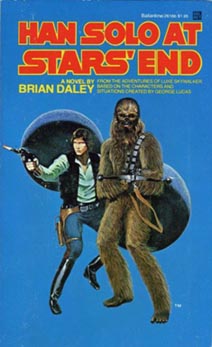
37. “Han Solo at Stars’ End”
By Brain Daley (1979)
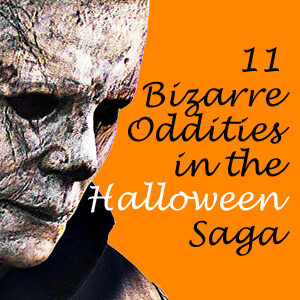
Daley is the earliest author to carve out a corner of the Galaxy Far Far Away sandbox in order to tell smaller stories that won’t step on George Lucas’ toes. He perfectly characterizes Han, Chewbacca and even the Millennium Falcon while adding droid sidekicks (Bollux and Blue Max) and a potential love interest (Jessa) who fit right in. The Corporate Sector is rough-and-tumble – as is Han, who at one point murders an enemy in cold blood – yet the adventure is a page-turner.
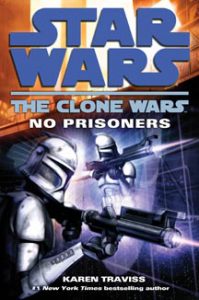
36. “The Clone Wars: No Prisoners”
By Karen Traviss (2009)
The book series based on the “Clone Wars” TV series was canceled so quickly that we didn’t get many opportunities to learn about Ahsoka outside of the quick-hitting TV show. This is a rare exception, and it offers an intriguing future path for Anakin’s Padawan, whose ultimate fate was a mystery in 2009: She could perhaps join the rogue Jedi group that includes Callista, who will later become Luke Skywalker’s girlfriend in “Children of the Jedi” (it’s a long story). In tying in to that novel, “No Prisoners” beautifully irons out seeming contradictions about the Jedi code.
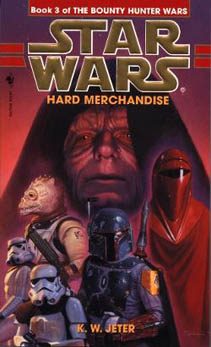
35. “The Bounty Hunter Wars: Hard Merchandise”
By K.W. Jeter (1999)
Jeter’s writing style is perfect for “Blade Runner” spinoff novels, and quite unusual for “Star Wars.” But if you embrace the slow-boil, intricately plotted intrigue and the fact that Boba Fett is chatty, this is a pretty great trilogy. Before the famous “Empire Strikes Back” bounty hunters had their backstories rebooted in “The Clone Wars,” this capper of the “Bounty Hunter Wars” trilogy stood as the best novel about the group in the prime of their careers.

34. “X-Wing: The Krytos Trap”
By Michael A. Stackpole (1996)
In the series’ third entry, we know 1) Tycho Celchu is innocent of being a traitor to the Republic and killing Corran Horn, and 2) all the evidence shows he is guilty. It’s fun to watch the courtroom drama come together. Additionally, Corran’s prison break thread is entertaining as he teams up with a fellow captive named Jan (later revealed to be Dodonna, thus smoothing over the continuity error between the general’s “death” in the newspaper strips and appearance in “Dark Empire”) and ponders the nature and location of the prison.
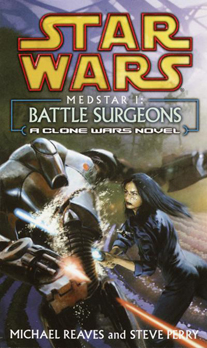
33. “Medstar I: Battle Surgeons”
By Michael Reaves and Steve Perry (2004)
Karen Traviss, Michael Stackpole and Aaron Allston are the elite character writers of the EU, but Reaves – albeit a pulpier writer – isn’t far behind, and this is my favorite of his deep catalogue. A cobbled together group – doctors, Jedis, a droid and a journalist – forms at “M*A*S*H”-style Republic barracks on Drongar. It’s neat to read about Barriss Offee flirting with the dark side considering her grim future on TV’s “Clone Wars,” and the stories jibe better than they’re given credit for.

32. “Fate of the Jedi: Ascension”
By Christie Golden (2011)
While the latter part of the EU timeline is not loaded with classics, it shouldn’t be dismissed. This entry brings to a head the Romeo-and-Juliet relationship between Jedi Ben Skywalker and Sith Vestara Khai, making it the standout installment in the somewhat unfairly maligned “FOTJ.” The downside is that the juicy threads about Vestara that Golden builds up here won’t see fruition, since Disney canceled the EU. However, a good yarn remains a good yarn.
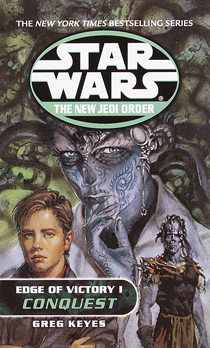
31. “The New Jedi Order: Edge of Victory I: Conquest”
By Greg Keyes (2001)
In the most giggle-worthy romance yarn in the EU pantheon, childhood pals Anakin Solo and Tahiri Veila begin to have feelings for each other. And they have character arcs outside of the romance, as Anakin teams up with an outcast Yuuzhan Vong warrior and Tahiri is captured by Vong shapers. They’ll never again reach these heights, as Anakin is soon to be killed off and Tahiri tailspins into depression, but that makes “Conquest” all the more poignant.

